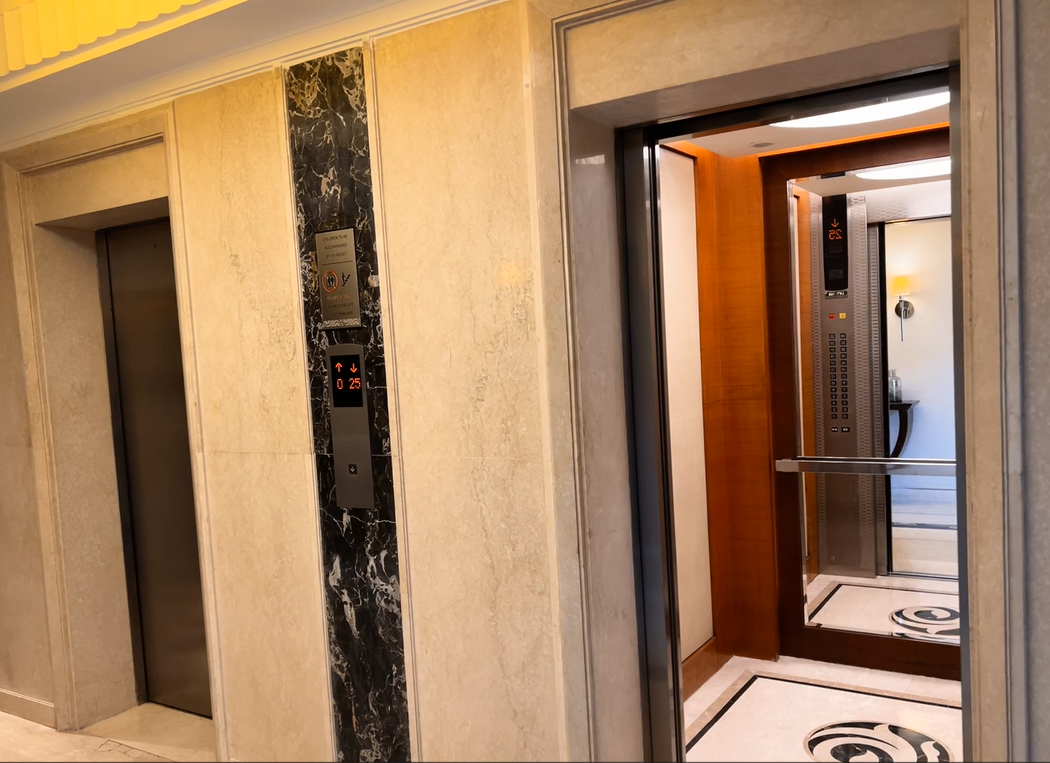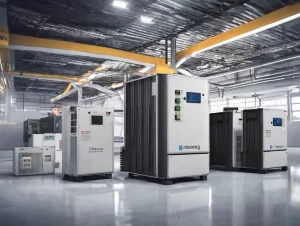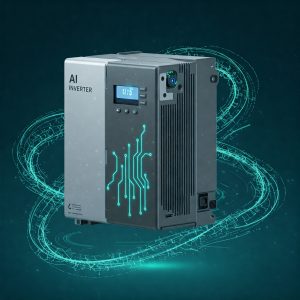
Battery Energy Storage Compared with Inverter/UPS. Battery energy storage systems (BESS) offer several benefits over inverters and UPSs, including:
- Increased energy efficiency: BESS can store excess energy generated by renewable sources, such as solar and wind, and then use that energy when needed. This can help to reduce the amount of energy that is wasted, and it can also help to improve the efficiency of the overall energy system.https://suvastika.com/bess-battery-energy-storage-solutions/
- Improved grid reliability: BESS can help to stabilize the grid by providing backup power during outages or periods of high demand. This can help to prevent blackouts and other disruptions to the power supply.https://en.wikipedia.org/wiki/Battery_storage_power_station
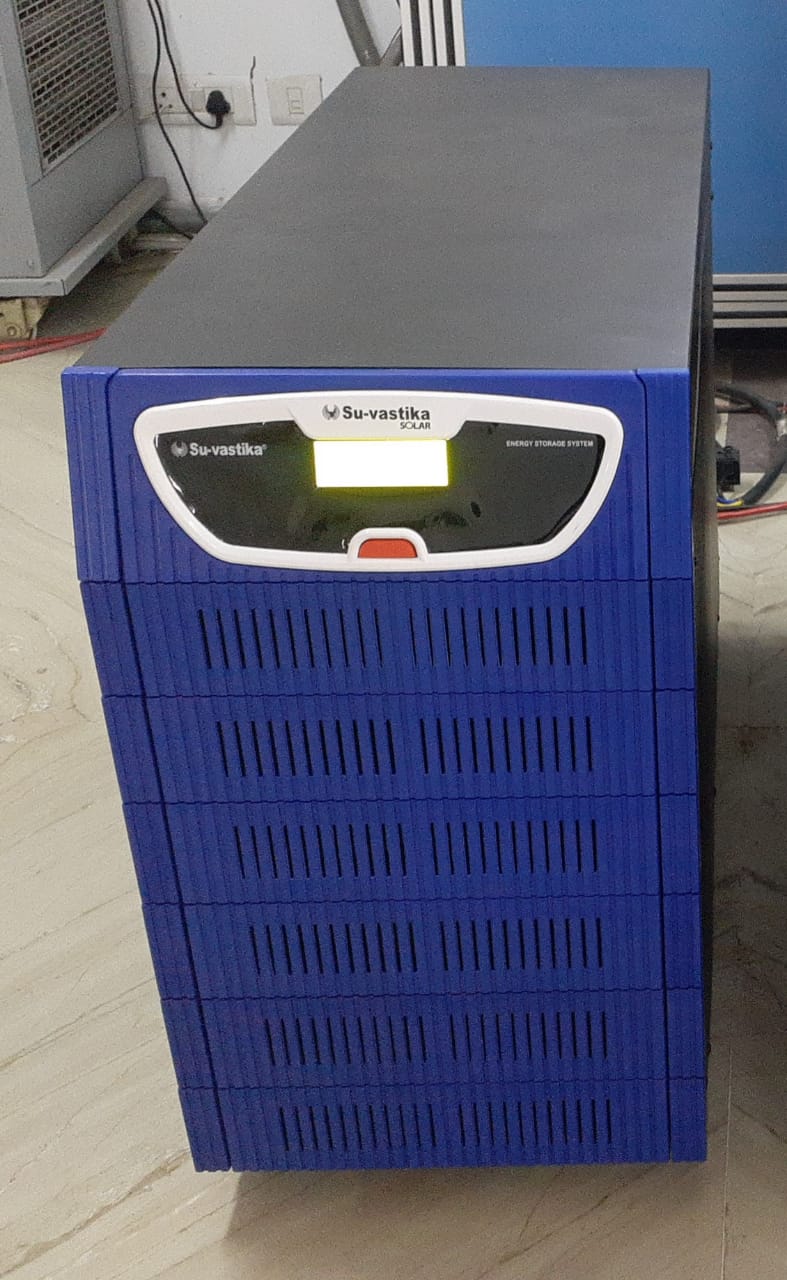
- Greater flexibility: BESS can store energy for various purposes, including peak shaving, load shifting, and frequency regulation. This makes them more flexible and versatile in energy storage than inverters or UPSs.
- Lower costs: The cost of BESS has been declining in recent years, making them more affordable for a wider range of applications.
Here is a table that summarizes the benefits of BESS over inverters and UPSs:
| BENEFIT | BESS | INVERTER/UPS |
|---|---|---|
| Energy efficiency | Increased | Decreased |
| Grid reliability | Improved | Decreased |
| Flexibility | Greater | Less |
| Costs | Lower | Higher |
Overall, BESS offer several advantages over inverters and UPSs. They are more efficient, reliable, flexible, and affordable. As the cost of BESS continues to decline, they are becoming a more attractive option for a wider range of applications.
Here are some additional benefits of BESS:
- Can be used to provide backup power during power outages: This is a major benefit for businesses and homes located in areas prone to power outages.
- Can be used to reduce peak energy demand: This can help to lower electricity bills and reduce the strain on the grid.
- It can provide ancillary services to the grid, including frequency regulation and load balancing.
- Can be used to store renewable energy: This helps to make renewable energy more reliable and affordable.https://suvastika.com/power-storage-with-renewable-energy-is-it-possible/
If you are considering a battery energy storage system, there are a few factors that you should keep in mind. These include the size of your system, the type of battery you want to use, and the cost of the system. You should also ensure the system is compatible with your existing solar panels or other renewable energy sources.
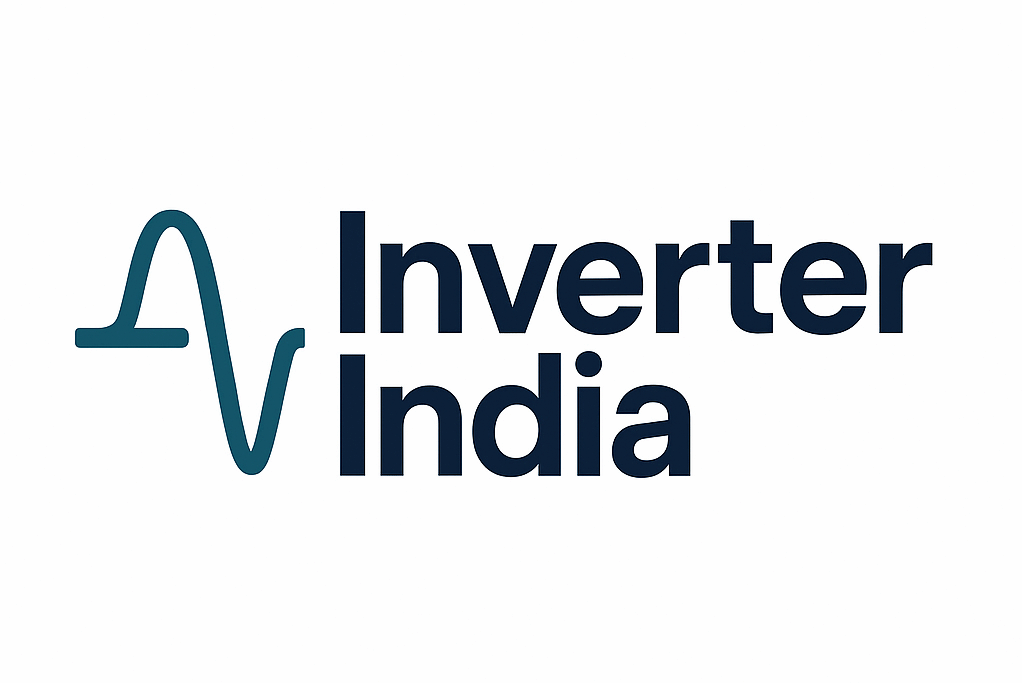

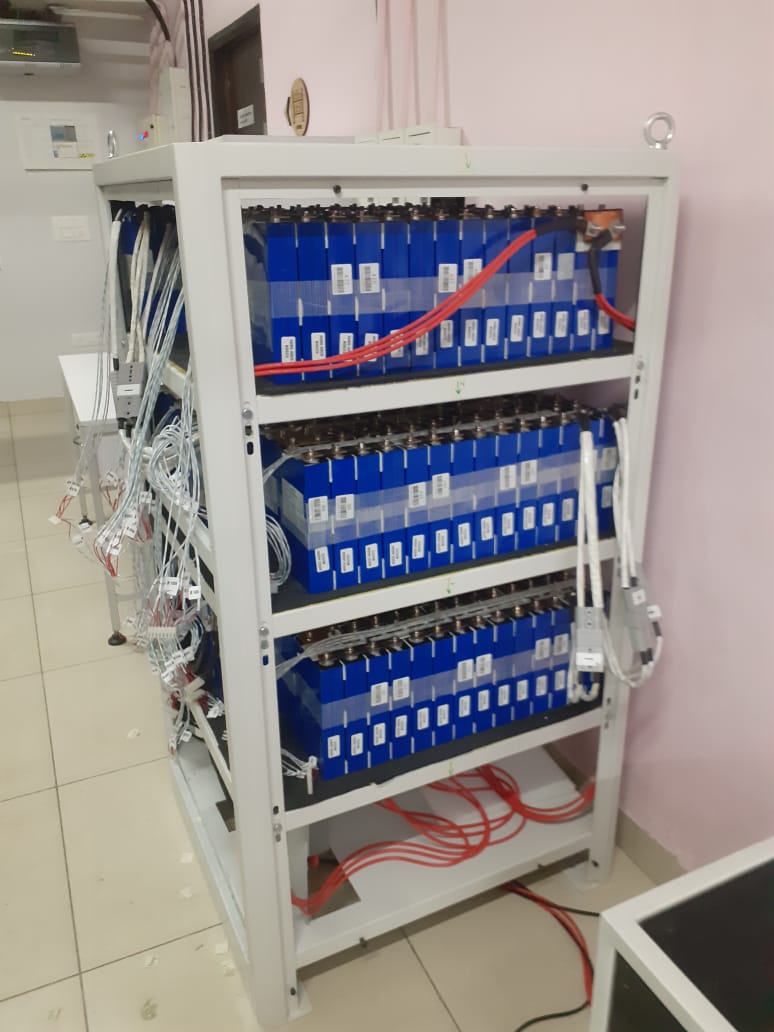

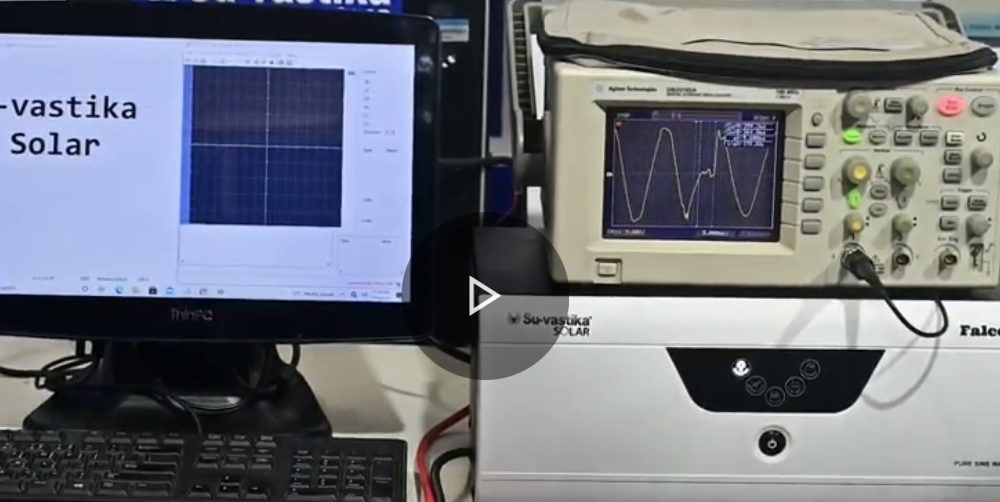



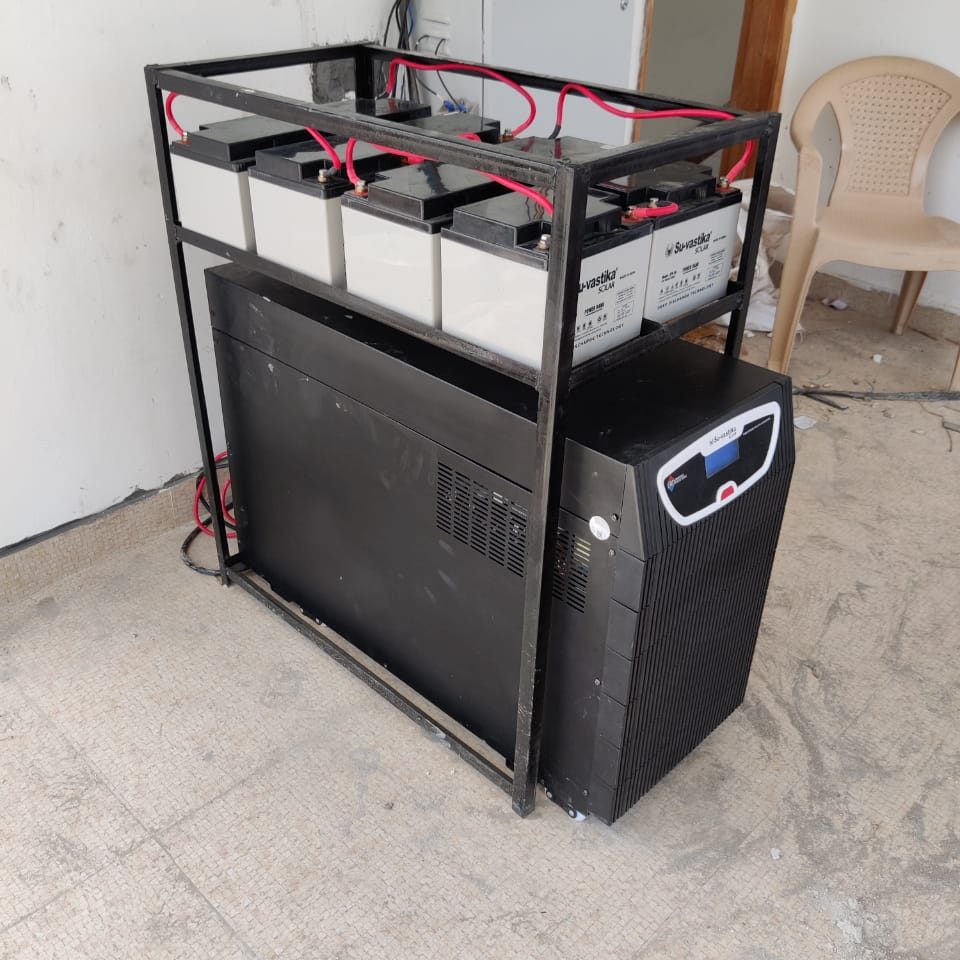
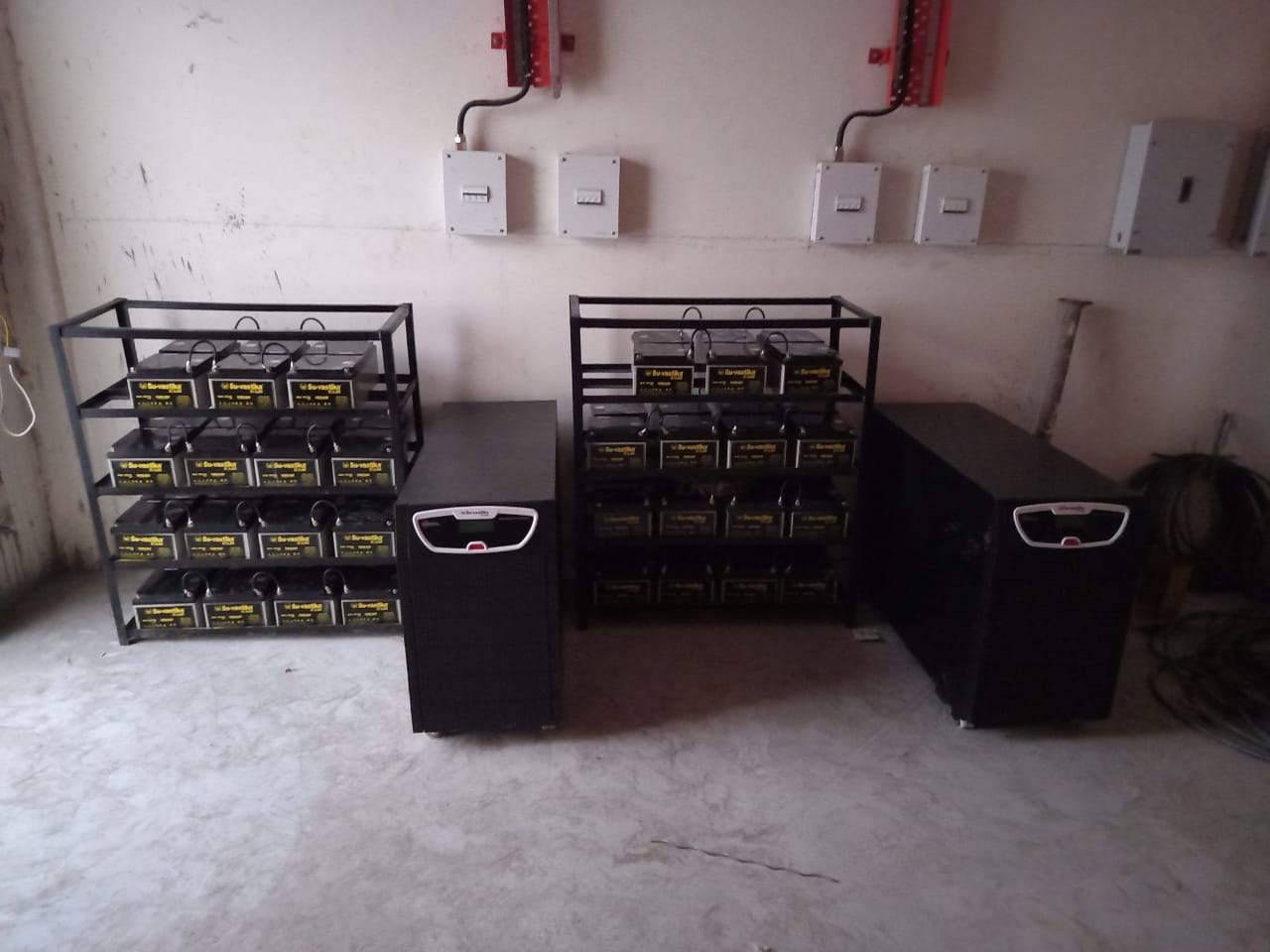
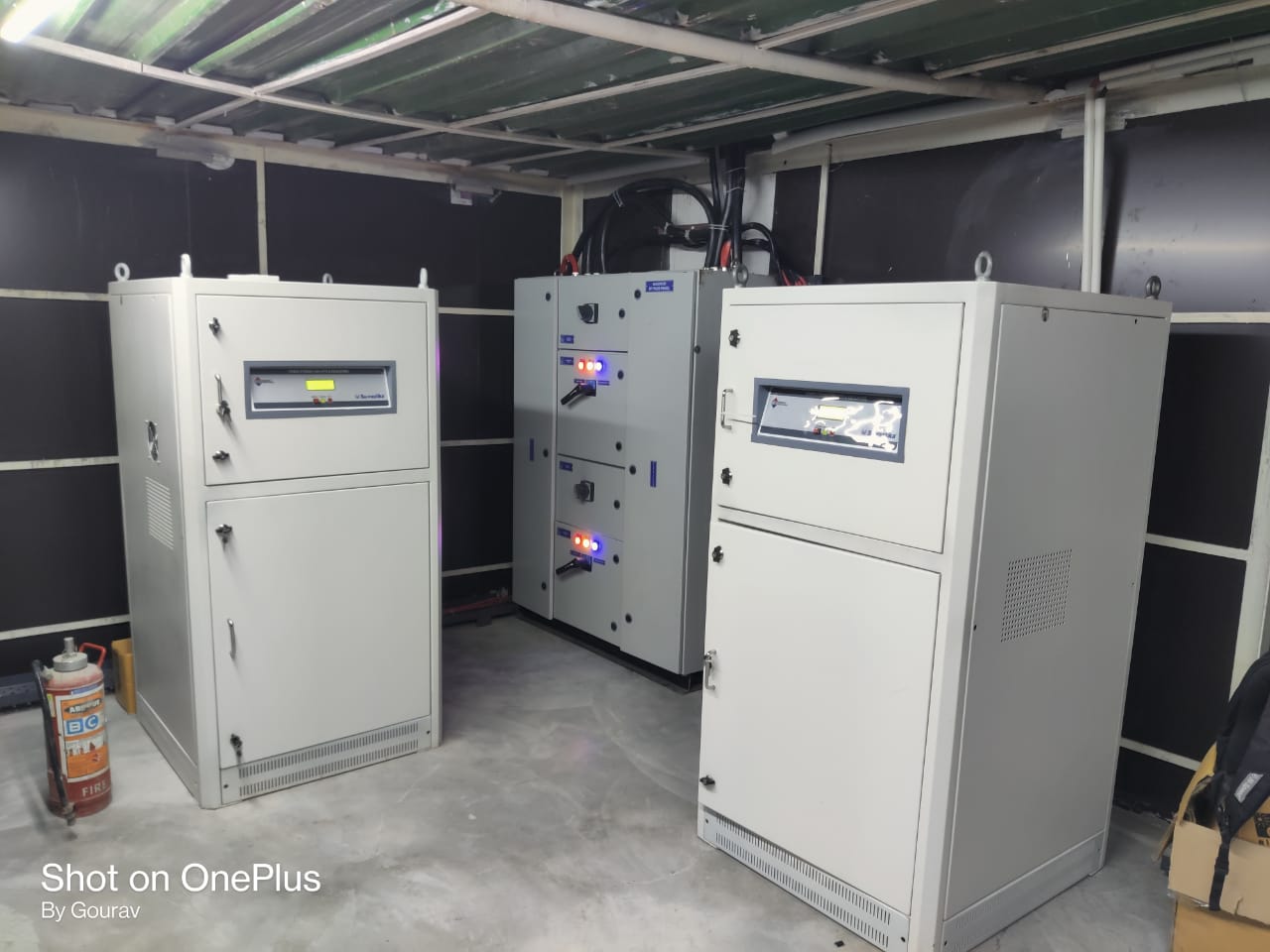

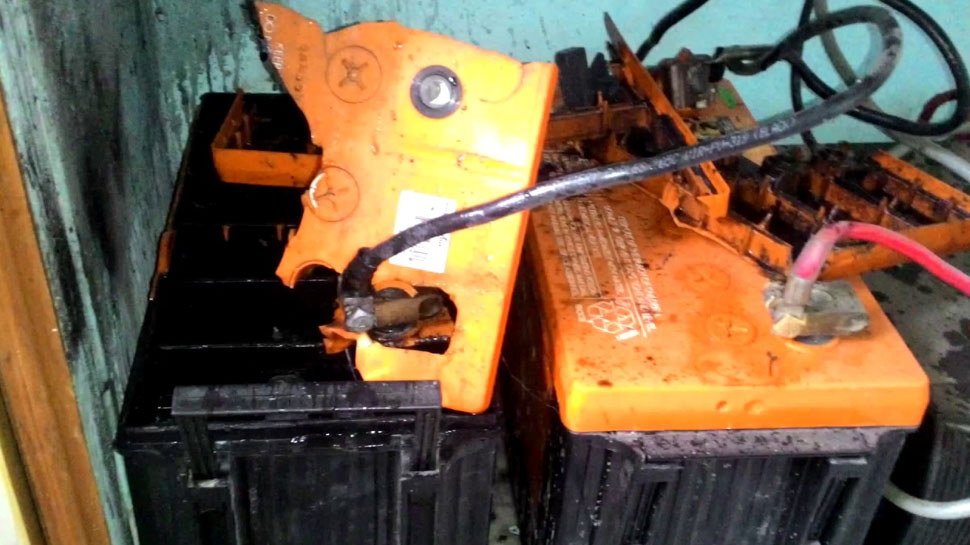}?im=Resize=(700,390))



